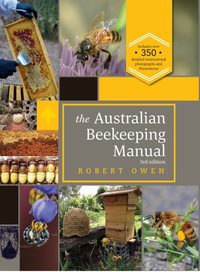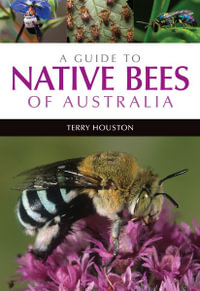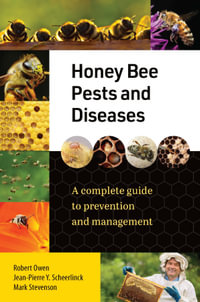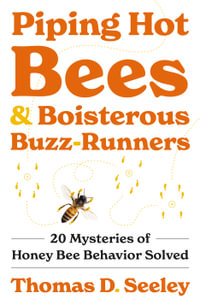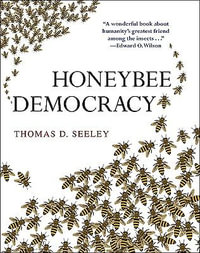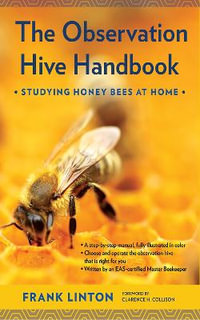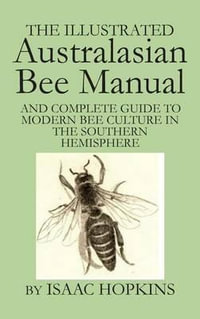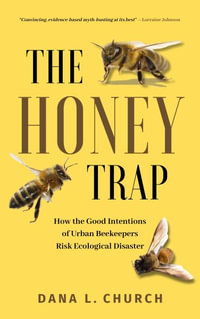
Directory of World Honey Sources
By: Ethel Crane, Penelope Walker, Rosemary Day, International Bee Research Association
Paperback | 26 January 2018
At a Glance
Paperback
$76.14
Aims to ship in 7 to 10 business days
ISBN: 9780860981411
ISBN-10: 086098141X
Published: 26th January 2018
Format: Paperback
Language: English
Number of Pages: 386
Audience: General Adult
Publisher: Ibra & Nbb
Country of Publication: GB
Dimensions (cm): 24.41 x 16.99 x 2.03
Weight (kg): 0.61
Shipping
| Standard Shipping | Express Shipping | |
|---|---|---|
| Metro postcodes: | $9.99 | $14.95 |
| Regional postcodes: | $9.99 | $14.95 |
| Rural postcodes: | $9.99 | $14.95 |
How to return your order
At Booktopia, we offer hassle-free returns in accordance with our returns policy. If you wish to return an item, please get in touch with Booktopia Customer Care.
Additional postage charges may be applicable.
Defective items
If there is a problem with any of the items received for your order then the Booktopia Customer Care team is ready to assist you.
For more info please visit our Help Centre.
You Can Find This Book In
This product is categorised by
- Non-FictionEngineering & TechnologyAgriculture & FarmingAnimal HusbandryApiculture or Beekeeping
- Non-FictionReference, Information & Interdisciplinary SubjectsEncyclopaedias & Reference WorksReference Works
- Non-FictionEngineering & TechnologyIndustrial Chemistry & Manufacturing TechnologiesIndustrial ChemistryFood & Beverage Technology
